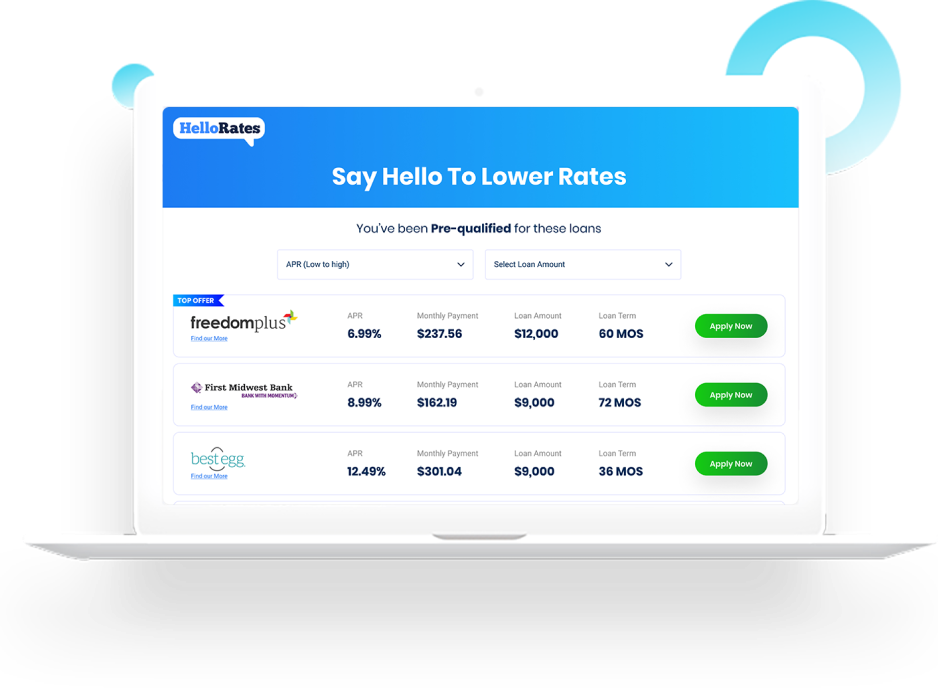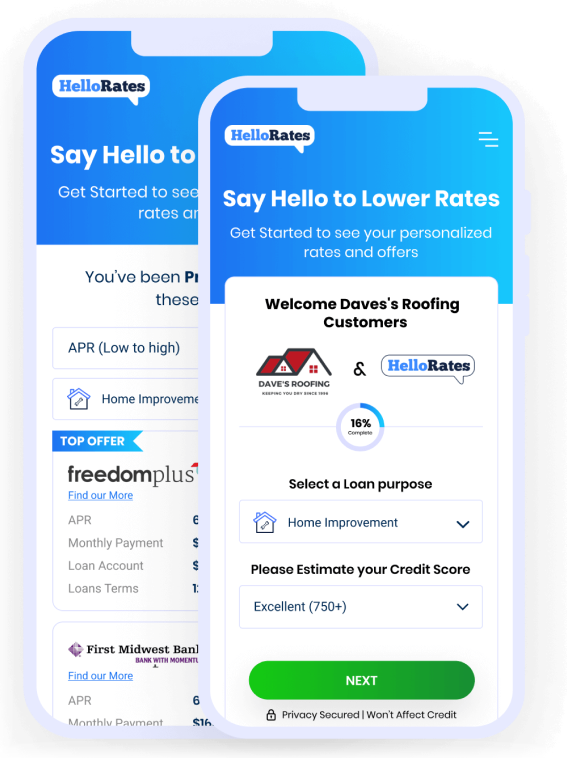Drafting financing refers to the process of obtaining funds through personal loans to finance the construction or renovation of a property. This method has gained popularity among individuals looking to build their dream homes or undertake significant home improvement projects. Drafting financing using personal loans offers several advantages that make it an attractive option for borrowers.
One of the primary advantages of drafting financing is the flexibility it provides. Unlike traditional mortgage loans, personal loans do not require collateral, such as the property being constructed or renovated. This means that borrowers can use the funds for any purpose related to the project, including purchasing construction materials, hiring contractors, or covering unexpected expenses. The absence of collateral also simplifies the application process, as borrowers do not need to go through the lengthy and complex appraisal and underwriting procedures typically associated with mortgage loans.
Another advantage of drafting financing using personal loans is the speed at which funds can be obtained. Traditional mortgage loans often involve a lengthy approval process, which can take several weeks or even months. In contrast, personal loans can be approved and disbursed within a matter of days, allowing borrowers to start their construction or renovation projects promptly. This quick access to funds is particularly beneficial for individuals who need to seize time-sensitive opportunities or address urgent construction needs.
Furthermore, drafting financing through personal loans offers borrowers greater control over their projects. With traditional mortgage loans, lenders typically disburse funds in predetermined stages, based on the completion of specific construction milestones. This can limit the borrower’s ability to make changes or modifications to the project as it progresses. In contrast, personal loans provide borrowers with a lump sum, allowing them to manage the funds as they see fit. This flexibility enables borrowers to adapt their plans, make adjustments, or even allocate additional funds to certain aspects of the project, enhancing their ability to achieve their desired outcome.
Additionally, drafting financing using personal loans can be a more accessible option for individuals with less-than-perfect credit scores. While traditional mortgage loans often require a high credit score and a substantial down payment, personal loans may be more lenient in their eligibility criteria. This means that individuals with lower credit scores or limited savings can still access the funds needed to embark on their construction or renovation projects. However, it is important to note that personal loans may come with higher interest rates compared to mortgage loans, reflecting the increased risk for lenders.
In conclusion, drafting financing using personal loans offers numerous advantages for individuals seeking to finance their construction or renovation projects. The flexibility, speed, and control provided by personal loans make them an attractive option for borrowers. Additionally, the accessibility of personal loans can make drafting financing a viable choice for individuals with less-than-perfect credit scores. However, it is crucial for borrowers to carefully consider the terms and interest rates associated with personal loans before making a decision. By weighing the advantages and potential drawbacks, individuals can make an informed choice that aligns with their financial goals and construction needs.




